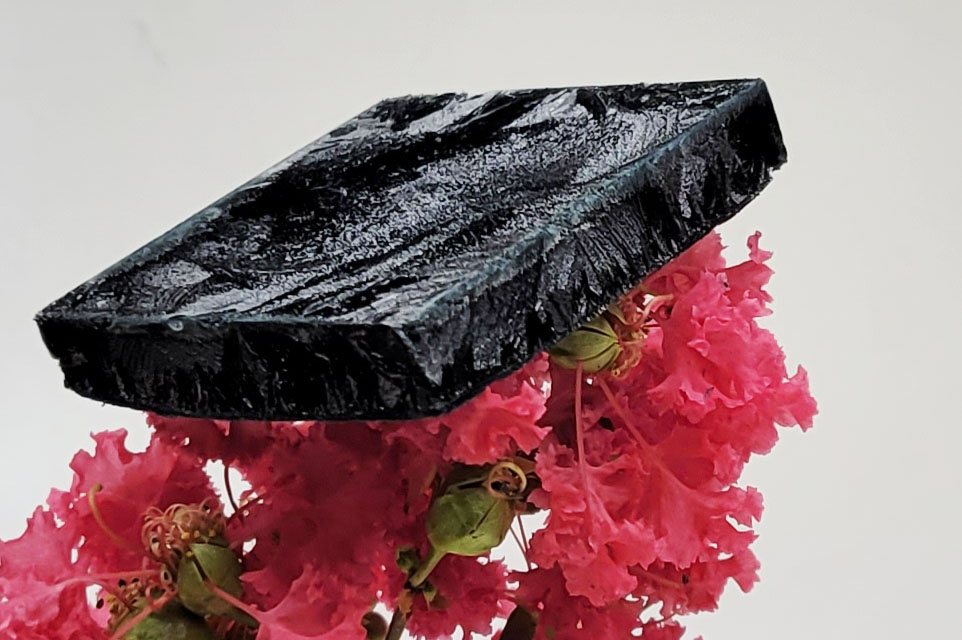News Story
Racing Against R&D: AI, Collaborative Robotics Automates Wearable Tech Design

Defying engineering challenges in record time, researchers at the University of Maryland developed a machine learning model that eliminates hassles in materials design to yield green technologies used in wearable heaters.
Push-back associated with trial-and-error experimental processes often delays innovations. To solve this challenge, Po-Yen Chen, an assistant professor in the Department of Chemical and Biomolecular Engineering, proposed an accelerated method to create materials used in wearable heating applications. His model, published Saturday in Nature Communications, could automate design processes by leveraging machine learning and collaborative robotics.
Similar to water-based gels, but instead made using air, aerogels are lightweight and porous materials used in thermal insulation and wearable technologies for their mechanical strength and flexibility. But despite their seemingly simplistic nature, their assembly line is quite complex. Researchers rely on endless experiments and experience-based approaches to explore the vast design space and design these materials.
To solve these issues, Chen’s team combined robotics, machine-learning algorithms, and material science expertise to enable aerogel design with programmable mechanical and electrical properties—breaking through scientific barriers at full speed. His prediction model is built to generate sustainable products with a 95% accuracy rate.
“Materials scientists often struggle to adopt machine learning design due to the scarcity of high-quality experimental data. Our workflow, which combines robotics and machine learning, not only enhances data quality and collection rates, but also assists researchers in navigating the complex design space,” said Chen.
The resulting strong and flexible aerogels were made using conductive titanium nanosheets, as well as naturally-occurring components such as cellulose; an organic compound found in plant cells, and gelatin; a collagen-derived protein found in animal tissue and bones.
But that’s not where it stops. This tool can be expanded to meet other applications in aerogel design. Green technologies used for oil spill cleaning, sustainable energy storage, and thermal energy products—like insulating windows—could become more accessible sooner than expected with this fast-paced assembly process.
“The blending of these approaches is putting us at the frontier of material design with tailorable complex properties. We foresee leveraging this new scaleup production platform to design aerogels with unique mechanical, thermal, and electrical properties for harsh working environments,” said Eleonora Tubaldi, an assistant professor in mechanical engineering and collaborator in the study.
Looking ahead, Chen’s group will conduct studies to understand the microstructures responsible for aerogel flexibility and strength properties. His work was supported by the institutional Grand Challenges Team Grant for the programmable design of natural plastic substitutes, jointly awarded to mechanical engineering professor Teng Li.
Published June 3, 2024









